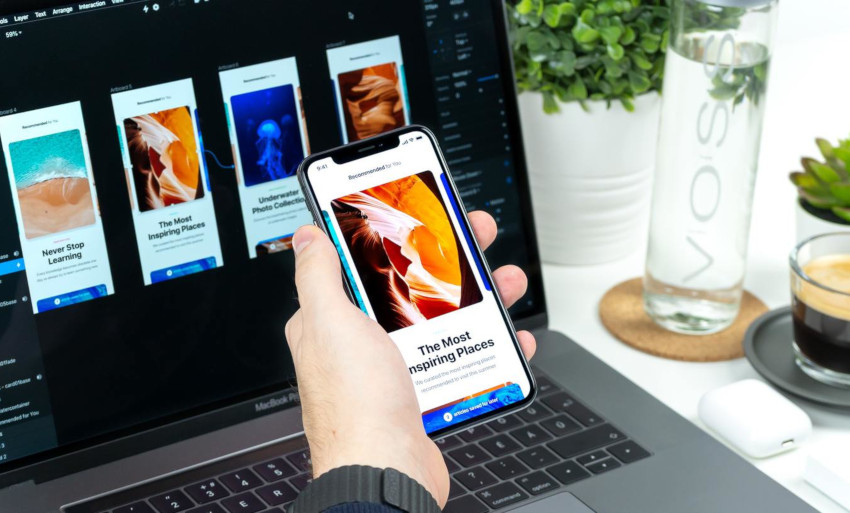
Website Mobile Friendliness
Even a couple of years ago, having a mobile friendly website was about making sure that it was basically functional on a phone, did things fit on the screen properly? Did the website resize nicely? And so on. But since then, mobile traffic has increased so significantly that some of our clients’ websites see more than 70% of their visitors using phones, rather than computers. Depending on your market, you’ll likely be seeing 30-70% of your traffic coming from mobile, too, with the number growing every quarter.
What this means is that mobile friendliness can’t really be an additional feature of your website – it needs to be fundamentally built in. At some point, most readers should really be going as far as to think of their entire business and online presence as mobile first, designing every page and interaction FIRST for mobile and then working out what it needs to look like on computers.
Google’s announcement at the tail end of 2016 that its algorithms would begin to rank websites primarily on what the mobile version of the website was like signalled a fundamental change in how we, as website owners, have to view our mobile sites. In other words, if your mobile website was a dodgy add-on or a token ‘plugin’ version with stripped-down content and poor user experience, your ranking days are numbered.
So, how can you make sure that people’s experience of your website on mobile helps rather than hinders your ranking?



